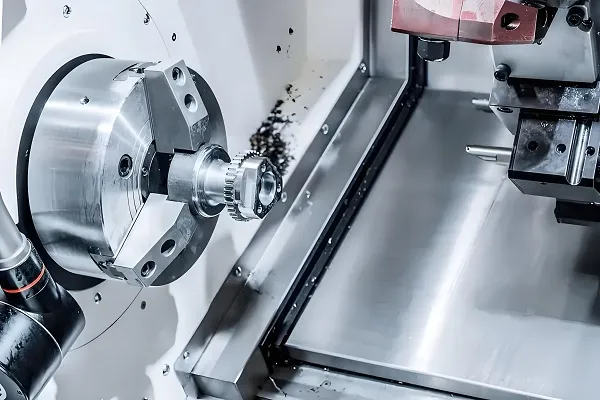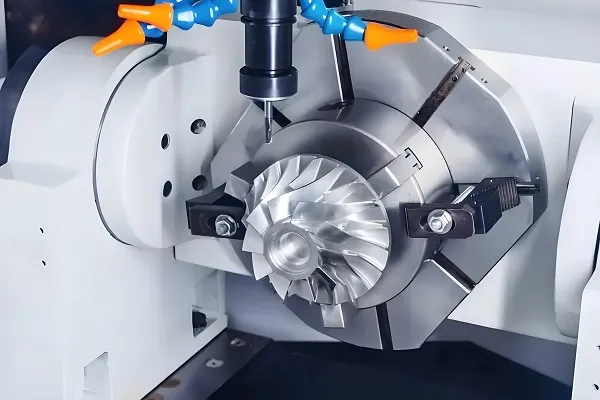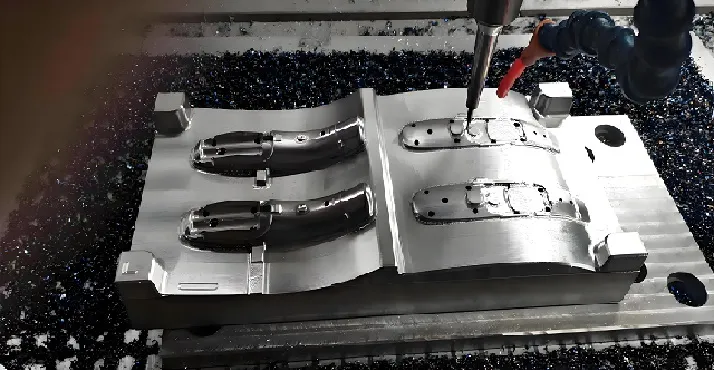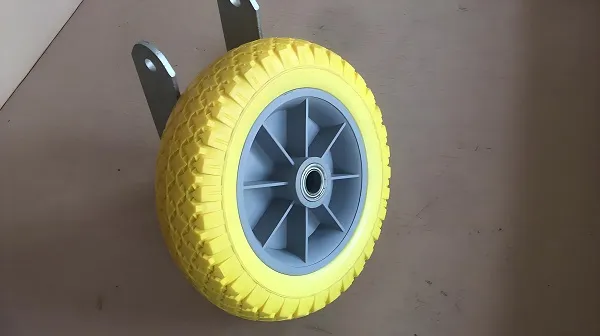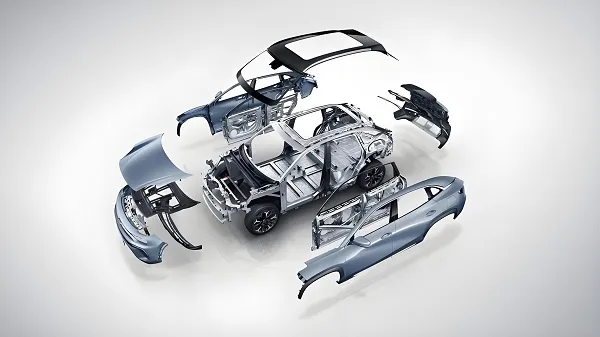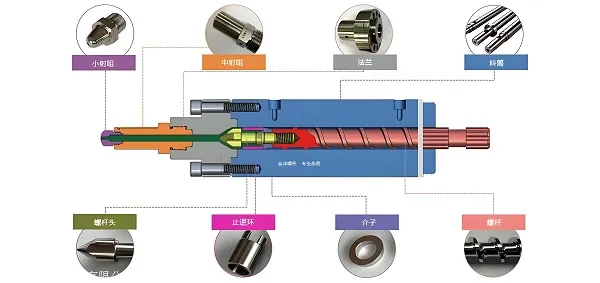The purpose of this article is to provide a comprehensive introduction to the production process of stamped tubes, including types of equipment, corresponding production product types, application scope, product characteristics and material requirements, to provide scientific and rigorous guidance for the production, quality control and operation of stamped tubes.
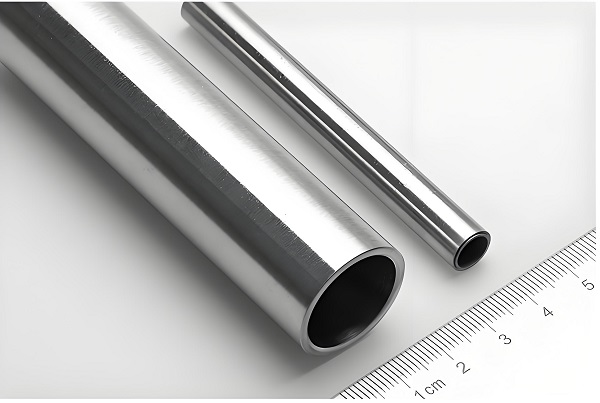
1. Types of equipment
Stamped tube production mainly relies on stamping machines and their supporting equipment, including but not limited to:
Punching machine: the core equipment, used for stamping and forming of tubes. According to the production scale and precision requirements, punching machine can be divided into manual, semi-automatic and fully automatic and other types. Fully-automatic punching machine can realize efficient and precise punching operation through computer program control.
Die: a key accessory, customized according to the shape and size of the product. The quality of the die directly affects the precision and surface quality of the stamped part. Mold materials are usually alloy steel or carbide with high hardness and wear resistance.
Feeding device: Auxiliary equipment used to automatically feed tubes into the press for stamping. The feeding device can be adjusted according to the length and shape of the tubes to ensure feeding accuracy and stability.
Testing equipment: used to test the size, shape, surface quality and other performance indicators of the stamped tube. Common testing equipment includes vernier calipers, projectors, surface roughness meters, etc.
2. Corresponding to the production of product categories
Stamped tube production can manufacture a variety of types of products, mainly including:
Round, square, rectangular and other cross-sectional shape of the tube stamping parts.
Pipe stampings with complex shapes such as holes, grooves and tabs.
Parts used in automobile, machinery, home appliances and other industries, such as radiator tubes, oil tubes, gas tubes and so on.
3.Application Scope
Stamped tubes are widely used in many fields due to their efficient and precise processing characteristics:
Automobile industry: for manufacturing parts such as radiator, oil tank, oil pipe, etc.
Mechanical industry: used to manufacture pipes and connectors for hydraulic system and pneumatic system.
Home appliance industry: manufacturing refrigeration system pipes for refrigerators, air conditioners and other household appliances.
Construction industry: used to manufacture ventilation pipes, water supply and drainage pipes, etc.
4.Product Characteristics
Stamped pipe products have the following characteristics:
High precision: High precision size and shape processing can be realized through precision molds and press control.
High efficiency: automated production process, greatly improving production efficiency.
Good surface quality: No cutting heat is generated during the stamping process, avoiding the problems of heat-affected zone and oxidized layer, and the surface quality is high.
High material utilization: stamping process belongs to less cutting-free processing, high material utilization and cost reduction.
5. Material requirements
Stamping pipe production on the material requirements are more stringent, mainly including:
Plasticity: the material needs to have good plasticity, so that plastic deformation occurs in the stamping process without brittle fracture. Commonly used stamping pipe materials include mild steel, aluminum alloy, copper alloy and so on.
Strength: the material needs to have a certain degree of strength to meet the requirements of the use of the product. At the same time, the strength should not be too high, so as not to increase the difficulty of stamping and mold wear.
Surface quality: the surface of the material should be free of cracks, inclusions, scratches and other defects, so as not to affect the surface quality of the stamped parts and subsequent processing.
Thickness: The wall thickness of the pipe should be determined according to the product design and stamping process requirements. Thin wall thickness may lead to rupture or deformation during the stamping process; too thick wall thickness may increase the difficulty and cost of stamping.
Chemical composition: For special-purpose stamped tubes, such as corrosion-resistant, high-temperature-resistant, etc., the chemical composition of the material also needs to be strictly controlled.
Stamped Tube Production FAQ
Q1: What are the main equipments for stamped tube production?
A1: The main equipments for the production of stamped tubes and pipes include punching machines, molds, feeding devices, and testing equipments. Punching machine is the core equipment, which is responsible for stamping the tubes into the required shape; molds are customized according to the shape and size of the product, and their quality directly affects the precision and surface quality of the stamped parts; feeding device is used to feed the tubes into the punching machine automatically for stamping; and inspection equipment is used to inspect the size, shape, surface quality and other performance indexes of the stamped tubes.
Q2: In which fields are stamped tubes applicable?
A2: Due to their efficient and precise processing characteristics, stamped tubes are widely used in a variety of fields, including the automotive industry (e.g., manufacture of components such as radiators, fuel tanks, fuel lines, etc.), the machinery industry (e.g., piping and connectors for hydraulic and pneumatic systems), the appliance industry (e.g., refrigeration system piping for refrigerators, air conditioners, and other household appliances), and the construction industry (e.g., ventilation piping, water supply and drainage piping, etc.).
Q3: What are the material requirements for the production of stamped pipes?
A3: The material requirements for the production of stamped tubes are quite strict, mainly including the plasticity, strength, surface quality, thickness and chemical composition of the material. The material should have good plasticity so that plastic deformation can occur in the stamping process without brittle fracture; at the same time, the material should also have a certain degree of strength to meet the requirements of the product. In addition, the surface of the material should be free of cracks, inclusions, scratches and other defects, the wall thickness of the pipe should be determined according to the product design and stamping process requirements, and for special-purpose stamping pipe, the chemical composition of the material also needs to be strictly controlled.

